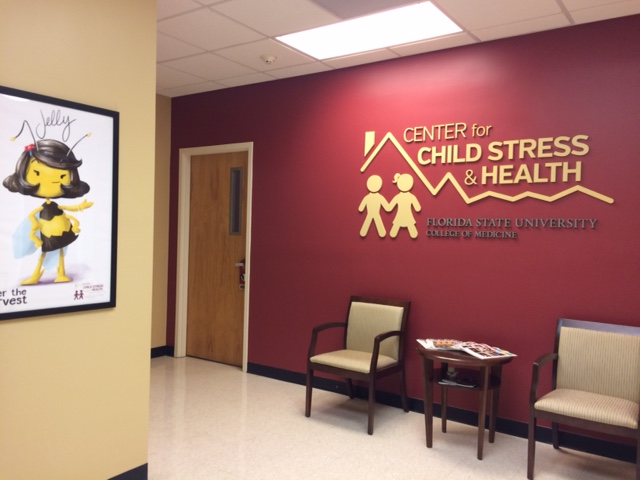About the Center

History of the Center
In 2009, the Institute of Medicine published Preventing Mental Emotional, and Behavioral Disorders Among Young People calling for the nation to make prevention of mental health in young people a very high priority. Specifically, they called on mental health research and service provision agencies, schools, primary care medical systems, community based organizations, child welfare and criminal justice systems. The report documents the evidence that an increasing number of mental and behavioral disorders are preventable. They propose a new emphasis on true prevention, which they define as occurring prior to the onset of disorder as well as mental health promotion. Early in the report, the authors acknowledge the role of poverty in the United States as a detriment to cognitive, emotional and behavioral development. Specifically the adversities associated with poverty such as material hardships, overcrowding, frequent moves (with changes in schools), poor schools, limited health care, unsafe and stressful environments and food insecurity are acknowledged as needing to be addressed at a social policy level. Children and youth from rural and low socioeconomic environments are at risk for exposure to all of the adverse environmental conditions that research shows to have detrimental short and long-term physical and mental health consequences.1
Answering the call of the IOM to a public health approach to mental, emotional and behavioral disorders, Embry2 suggested multiple public health approaches to reduce or prevent behavioral, emotional and mental disorders. These included the concept of evidenced based kernels and behavioral vaccines. Evidenced based kernels are evidenced based procedures that are proven to have reliable effect on behavior. Behavioral vaccines are a repeated use of kernel or a simple recipe of kernels that prevent or reduce morbidity or mortality or improve well-being. Behavioral vaccines are aimed at developing resiliency and coping abilities.
Stressing the importance in development and general health of recognizing and treating children who have been exposed to toxic stress, the American Academy of Pediatrics3 has published initial suggestions to help providers address adverse childhood experiences in primary care. They provide suggestions for how providers can start to screen for and address toxic stress in their patients. Additionally the 2016 American Academy of Pediatrics guidelines for prevention include recommendations for screening for social issues and depression.
Given these national calls, The Center for Child Stress & Health was established in 2016. The mission of the center is in line with the defined purpose of the FSU College of Medicine to prepare “…physicians to practice primary care, geriatric, and rural medicine, to make appropriate use of emerging technologies, and to function successfully in a rapidly changing health care environment; advancing knowledge in the applied biomedical and behavioral sciences, geriatric research, autism, cancer, and chronic diseases; ...”
References
1Cohen, S., Janicki-Deverts, D., Chen, E., and Matthews, K. A. (2010). Childhood socioeconomic status and adult health. Annals of New York Academy of Sciences, 1186, 37-55.
2Embry, D. D. (2011). Behavioral vaccines and evidence based kernel: Non-pharmaceutical approaches for the prevention of mental, emotional and behavioral disorders. Psychiatric Clinics of North America, 34, 1-34.
3American Academy of Child and Adolescent Psychiatry Committee on Health Care Access and Economics, American Academy of Pediatrics Task Force on Mental Health (2009). Improving mental health services in primary care: Reducing administrative and financial barriers to access and collaboration. Pediatrics, 123, 1248-1251.
4American Psychiatric Association (2014) Economic impact of integrated medical behavioral healthcare: Implications for Psychiatry. Denver: Milliman.

